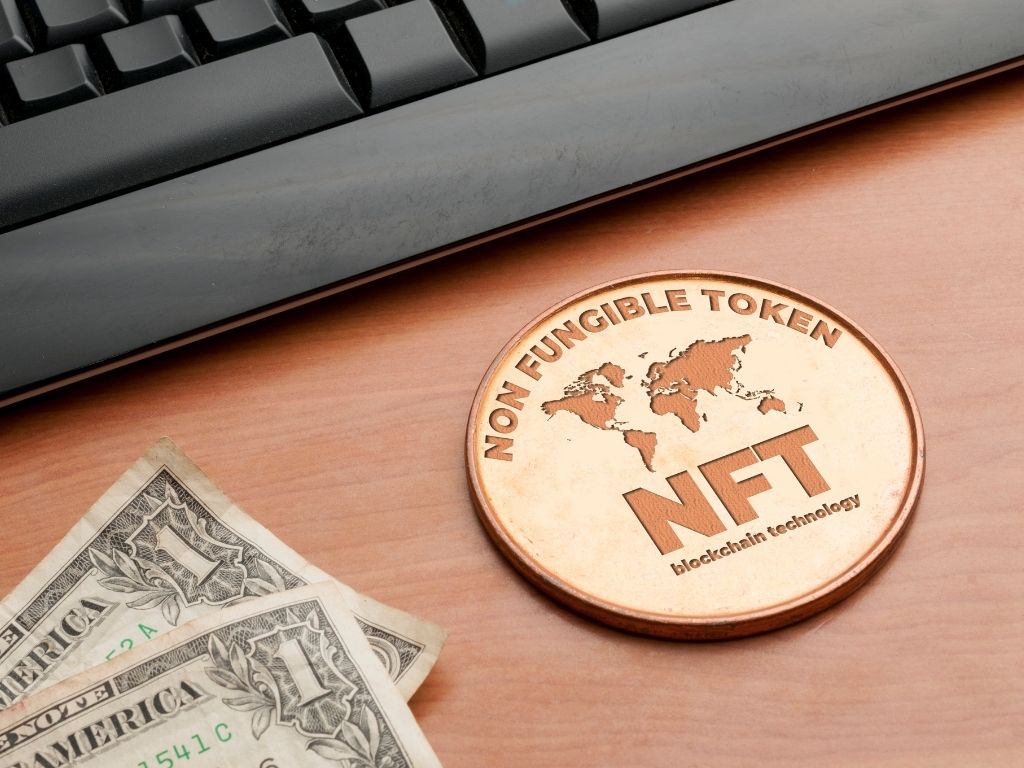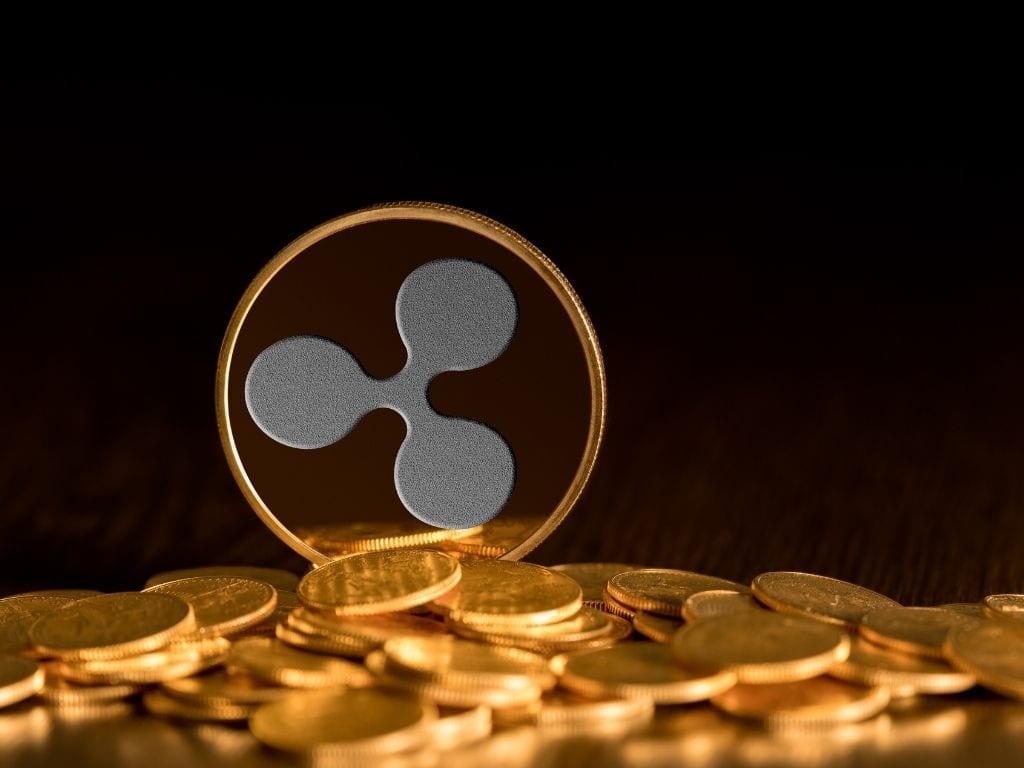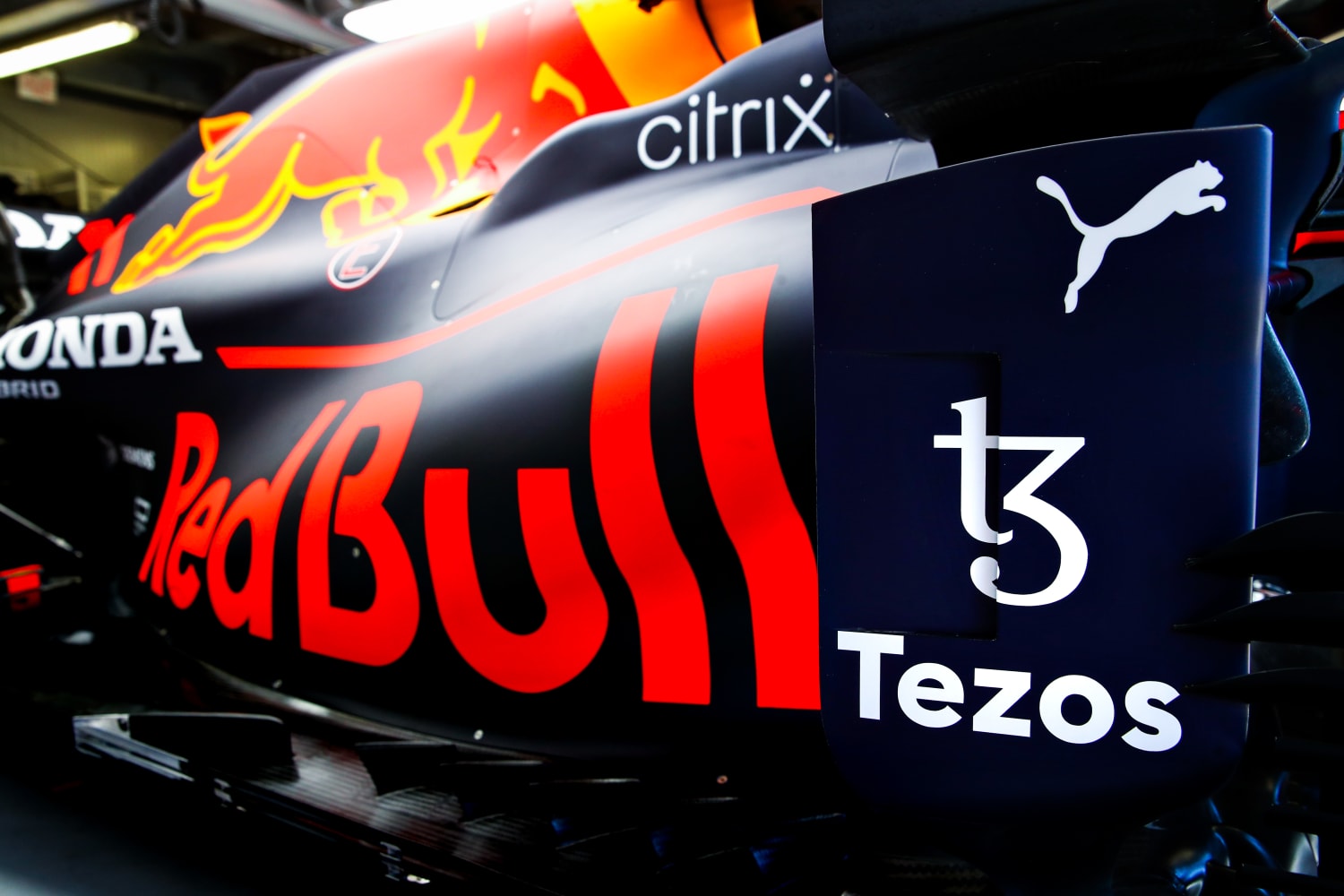Amazing Facts About Fractional Ownership of NFTs: Things to Know in 2024
Fractional ownership of NFTs is changing the way we think about digital assets. By breaking down valuable NFTs into smaller, more affordable pieces, more people can invest and participate in the digital art market. This article will explain what fractional NFT ownership is, its benefits and challenges, and how to get started.
Key Takeaways
- fractional ownership of NFTs allow multiple people to own a piece of a valuable digital asset.
- This model makes investing in NFTs more accessible for everyone.
- Fractional ownership can enhance liquidity, making it easier to buy and sell shares.
- Investors can diversify their portfolios by owning fractions of different NFTs.
- Understanding the legal aspects is crucial for anyone looking to invest in fractional NFTs.
Understanding Fractional Ownership of NFTs
What is Fractional Ownership?
Fractional ownership of NFTs means breaking down a single NFT into smaller parts, allowing multiple people to own a piece. This makes it easier for more people to invest in high-value digital assets. For example, platforms like Shardify enable users to co-own expensive NFTs by purchasing fractions, making it accessible to everyone.
How fractional ownership of NFTs Work
Fractional NFTs work by dividing an NFT into smaller units, or fractions, which can be bought and sold individually. This allows investors to own a part of an NFT without needing to buy the whole thing. Here’s how it typically works:
- NFT Selection: A valuable NFT is chosen for fractionalization.
- Fractionalization: The NFT is split into smaller parts.
- Sale of Fractions: These parts are sold to multiple investors.
- Ownership Rights: Each owner has rights to their fraction, including potential profits from future sales.
Key Terminologies in fractional ownership of NFTs
Understanding fractional NFTs involves knowing some key terms:
- Fractional NFT (F-NFT): An NFT that has been divided into smaller parts.
- Tokenization: The process of converting an asset into a digital token.
- Smart Contracts: Automated contracts that manage the sale and ownership of fractions.
fractional ownership of NFTs opens doors for many people to invest in valuable digital assets that were once out of reach. It creates a more inclusive market for everyone.
Benefits of Fractional NFT Ownership
Fractional NFT ownership offers several advantages that make it appealing to both investors and collectors.
Increased Accessibility
fractional ownership of NFTs opens the door for many people to invest in high-value NFTs. By breaking down expensive assets into smaller, more affordable pieces, it allows individuals with limited funds to participate in the NFT market. This means that more people can own a part of valuable digital assets that were previously out of reach.
Enhanced Liquidity
Fractional NFTs improve liquidity in the market. Investors can easily trade their shares on secondary markets, making it simpler to buy or sell fractional ownership of NFTs without needing to find a buyer for the entire NFT. This flexibility is crucial in a fast-paced market.
Portfolio Diversification
Investing in fractional NFTs allows for better diversification. Here are some key points:
- Spread risk across different assets.
- Gain exposure to various sectors and creators.
- Potentially mitigate losses by investing in multiple NFTs.
Democratization of Digital Assets
Fractional ownership democratizes access to valuable digital assets. It breaks down barriers and empowers a wider community of investors to engage in the NFT market. This inclusivity fosters a sense of community among investors who share interests in specific assets or creators.
Fractional ownership not only benefits investors but also helps creators gain more visibility and engagement with their work.
In summary, fractional ownership of NFTs is reshaping the investment landscape by making it more accessible, liquid, and diverse. It encourages a broader range of participants to join the digital asset revolution, paving the way for a more inclusive future in the NFT space.
Challenges and Risks of Fractional NFT Ownership
Reconstitution Complexity
Reassembling fractional NFTs can be tricky. When owners hold parts of an NFT, it can be hard to put it back together if they don’t want to sell their shares or lose access to their keys. This is similar to trying to reassemble a puzzle when some pieces are missing.
Regulatory Concerns
The legal landscape for fractional NFTs is still developing. Some fractional NFTs might be seen as unregistered securities, which can lead to complications. Investors need to be aware of the regulatory environment to avoid potential legal issues.
Market Volatility
The value of fractional NFTs can change quickly. This means that investors might face sudden losses. It’s important to keep an eye on market trends and be prepared for ups and downs.
Potential for Fraud
Scammers can trick people into thinking they are buying parts of popular NFTs. They might create fake tokens that look real. Always verify the source before making a purchase to avoid falling victim to fraud.
Investing in fractional ownership of NFTs requires careful consideration. Understanding the risks can help you make better decisions and protect your investments.
Summary of Challenges
| Challenge | Description |
|---|---|
| Reconstitution Complexity | Difficulty in reassembling NFTs when owners refuse to sell their parts. |
| Regulatory Concerns | Potential legal issues if fractional NFTs are classified as securities. |
| Market Volatility | Rapid changes in value can lead to unexpected losses. |
| Potential for Fraud | Risk of scams involving fake tokens that mislead investors. |
Use Cases for Fractional Ownership of NFTs
Fractional ownership of NFTs has opened up exciting possibilities across various fields. Here are some notable applications:
Art and Collectibles
fractional ownership of NFTs allow art lovers to own parts of valuable artworks or collectibles. This makes prestigious art accessible to more people. By sharing ownership, enthusiasts can enjoy and invest in art without needing to buy the whole piece.
Real Estate
In real estate, fractional NFTs let investors buy shares of properties. This means you can invest in real estate without needing a lot of money upfront. It’s a great way to diversify your portfolio and enter the real estate market.
Intellectual Property
Creators can use fractional ownership of NFTs to share ownership of their music, films, or patents. Investors can own parts of the rights and earn from potential revenue. This helps creators get funding while giving investors a chance to profit.
Luxury Goods and Fashion
Fractional ownership also applies to luxury items like high-end fashion accessories. Individuals can own a fraction of exclusive products, making it easier to invest in and access coveted items.
Sports and Memorabilia
In the sports world, fractional NFTs allow fans to own parts of memorabilia or even shares in sports teams. This increases fan engagement and gives fans a chance to benefit from the rising value of sports assets.
Fractional ownership is transforming how we think about ownership in various industries, making it more inclusive and accessible.
| Use Case | Description |
|---|---|
| Art and Collectibles | Shared ownership of valuable artworks, making art accessible to more people. |
| Real Estate | Investors can buy shares of properties, lowering the entry barrier for real estate investment. |
| Intellectual Property | Investors can own parts of rights to music, films, and patents, providing funding to creators. |
| Luxury Goods and Fashion | Shared ownership of high-end items, allowing access to exclusive products. |
| Sports and Memorabilia | Fans can own parts of memorabilia or shares in teams, enhancing engagement and investment. |
This diverse range of applications shows how fractional ownership of NFTs is reshaping various industries, making valuable assets more accessible to everyone.
Future Prospects of Fractional NFT Ownership
As we look ahead, the future of fractional ownership of NFTs appears promising. Here are some key areas to consider:
Technological Advancements
- Blockchain technology will continue to evolve, making fractional NFTs more secure and user-friendly.
- New platforms may emerge, enhancing the user experience for buying and selling fractional NFTs.
- Smart contracts will likely become more sophisticated, automating processes and reducing risks.
Market Growth
- The NFT market is expected to expand significantly, with more people participating in fractional ownership.
- Increased interest from investors could lead to a rise in the value of fractional NFTs, making them more appealing.
- More industries may adopt fractional NFTs, broadening their use beyond art and collectibles.
New Investment Strategies
- Diversification: Investors can spread their money across various fractional NFTs, reducing risk.
- Portfolio Optimization: Fractional NFTs allow for strategic investments, helping investors maximize returns.
- Access to High-Value Assets: Fractional ownership makes it easier for individuals to invest in expensive NFTs that were previously out of reach.
Increased Adoption
- As awareness grows, more people will understand the benefits of fractional NFTs, leading to wider acceptance.
- Educational resources will help demystify fractional ownership, making it accessible to a broader audience.
- Partnerships between platforms and traditional industries could further legitimize fractional NFTs.
The future of fractional NFT ownership is bright, with potential for significant growth and innovation. Staying informed about these developments will be crucial for investors and enthusiasts alike.
In summary, the landscape of fractional NFT ownership is set to evolve, driven by technology, market dynamics, and increased participation. The integration of digital assets into everyday investment strategies will reshape how we view ownership in the digital age.
How to Get Started with Fractional NFTs
Choosing the Right Platform
To begin your journey into fractional NFTs, selecting the right platform is crucial. There are several options available, including NIFTEX, Fractional, and Unicly. Each platform has its own features, so take your time to find one that suits your needs.
Understanding Smart Contracts
Next, you’ll need to set up a digital wallet. This wallet will securely store your fractional NFTs. Popular choices include Metamask, Trust Wallet, and Coinbase Wallet. Make sure your wallet is compatible with the platform you choose.
Evaluating Investment Opportunities
Once your wallet is ready, you can acquire cryptocurrency, usually Ethereum, to buy fractional NFTs. After that, explore the marketplace to find NFTs that interest you. The range can include anything from digital art to virtual real estate. Research thoroughly to make informed decisions.
Managing Your Fractional NFT Portfolio
Finally, when you find a fractional NFT you want to buy, follow the platform’s instructions to complete your purchase. This usually involves clicking ‘buy’ and confirming the transaction in your wallet.
Remember, fractional NFTs allow multiple people to own a piece of a single digital asset, making it easier for everyone to participate in the NFT market.
By following these steps, you can confidently dive into the world of fractional NFTs and expand your digital asset collection!
Legal and Regulatory Aspects of Fractional NFTs
Current Legal Framework
The legal landscape for fractional NFTs is still developing. As of now, NFTs are not typically subject to financial regulation as an asset class. This means that many of the rules that apply to traditional securities may not apply to fractional NFTs. However, this could change as regulators catch up with technology.
Intellectual Property Rights
When it comes to fractional NFTs, intellectual property rights can be tricky. Owners of fractional shares may not have the same rights as the original NFT owner. This can lead to confusion about who has the right to use or sell the underlying asset.
Compliance and Reporting
Investors in fractional NFTs should be aware of potential compliance issues. Here are some key points to consider:
- Regulatory scrutiny: Fractional NFTs may attract attention from regulators, especially if they are seen as securities.
- Tax implications: Selling fractional shares could have tax consequences that investors need to understand.
- Record-keeping: Keeping accurate records of transactions is essential for compliance.
Future Regulatory Trends
As the market for fractional NFTs grows, we can expect more regulations to emerge. This could include:
- Clearer definitions of what constitutes a fractional NFT.
- Guidelines for ownership rights and responsibilities.
- Reporting requirements for transactions involving fractional NFTs.
The evolving nature of fractional NFTs means that both investors and creators must stay informed about legal changes. Understanding these aspects is crucial for navigating this new landscape effectively.
Final Thoughts on Fractional NFT Ownership
In conclusion, fractional ownership of NFTs opens up exciting possibilities for many people. It allows those who might not have a lot of money to invest in valuable digital items, making the market more open and fair. This way, more individuals can join in and enjoy the benefits of owning a piece of something special. Plus, it makes it easier to buy and sell shares of these NFTs, so owners don’t have to wait long to find someone who wants to buy the whole thing. As the world of digital assets continues to grow, fractional NFTs could play a big role in shaping a more inclusive future.
Frequently Asked Questions
What is fractional ownership of NFTs?
Fractional ownership of NFTs means that a single NFT is divided into smaller parts, allowing multiple people to own a piece of it. This makes it easier for more people to invest in expensive digital assets.
How do fractional NFTs work?
Fractional NFTs work by splitting an NFT into smaller shares. Each share represents a part of the original NFT, and people can buy and sell these shares on special platforms.
What are the benefits of owning fractional NFTs?
Owning fractional NFTs allows more people to invest in valuable digital assets, increases market liquidity, and helps diversify investment portfolios.
Are there risks associated with fractional NFT ownership?
Yes, there are risks such as market fluctuations, difficulties in reassembling the NFT if owners refuse to sell their shares, and potential legal issues.
What are some use cases for fractional NFTs?
Fractional NFTs can be used in various areas like art, real estate, music rights, and luxury goods, allowing more people to invest in these sectors.
How can I get started with fractional NFTs?
To get started, choose a platform that offers fractional NFTs, learn about smart contracts, evaluate potential investment opportunities, and manage your portfolio wisely.
Stay informed with daily updates from Blockchain Magazine on Google News. Click here to follow us and mark as favorite: [Blockchain Magazine on Google News].
Get Blockchain Insights In Inbox
Stay ahead of the curve with expert analysis and market updates.
latest from tech
Disclaimer: Any post shared by a third-party agency are sponsored and Blockchain Magazine has no views on any such posts. The views and opinions expressed in this post are those of the clients and do not necessarily reflect the official policy or position of Blockchain Magazine. The information provided in this post is for informational purposes only and should not be considered as financial, investment, or professional advice. Blockchain Magazine does not endorse or promote any specific products, services, or companies mentioned in this posts. Readers are encouraged to conduct their own research and consult with a qualified professional before making any financial decisions. The featured image used is just a creative depiction of the title and it does not intend to hurt sentiments of any person or institution. If it hurts anyone sentiments, please do not hesitate to reach out to Blockchain Magazine.

 Bitcoin
Bitcoin  Ethereum
Ethereum  XRP
XRP  Tether
Tether  Solana
Solana  USDC
USDC  Dogecoin
Dogecoin  Cardano
Cardano  Lido Staked Ether
Lido Staked Ether  TRON
TRON  Wrapped Bitcoin
Wrapped Bitcoin  Chainlink
Chainlink  Wrapped stETH
Wrapped stETH  Avalanche
Avalanche  Sui
Sui  Stellar
Stellar  Litecoin
Litecoin  Toncoin
Toncoin  Shiba Inu
Shiba Inu  Hedera
Hedera  LEO Token
LEO Token  USDS
USDS  Hyperliquid
Hyperliquid  Polkadot
Polkadot  WETH
WETH  MANTRA
MANTRA  Bitcoin Cash
Bitcoin Cash  Bitget Token
Bitget Token  Ethena USDe
Ethena USDe  Wrapped eETH
Wrapped eETH  Uniswap
Uniswap  Monero
Monero  NEAR Protocol
NEAR Protocol  Pepe
Pepe  WhiteBIT Coin
WhiteBIT Coin  Aave
Aave  Bittensor
Bittensor  Ondo
Ondo  Aptos
Aptos  Internet Computer
Internet Computer  Dai
Dai  Official Trump
Official Trump  Ethereum Classic
Ethereum Classic  Mantle
Mantle  Tokenize Xchange
Tokenize Xchange  OKB
OKB  Gate
Gate  sUSDS
sUSDS  Sonic (prev. FTM)
Sonic (prev. FTM) 




